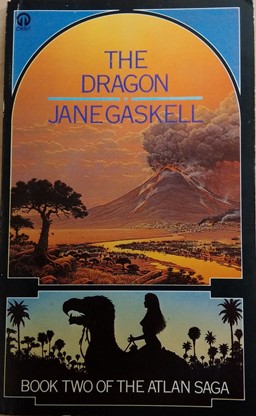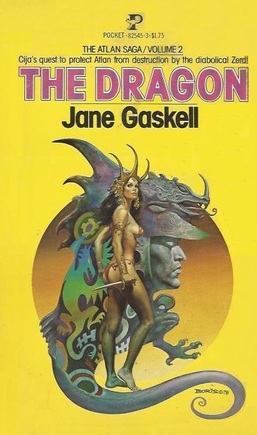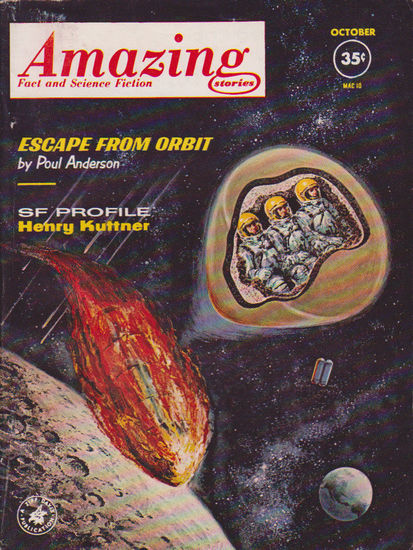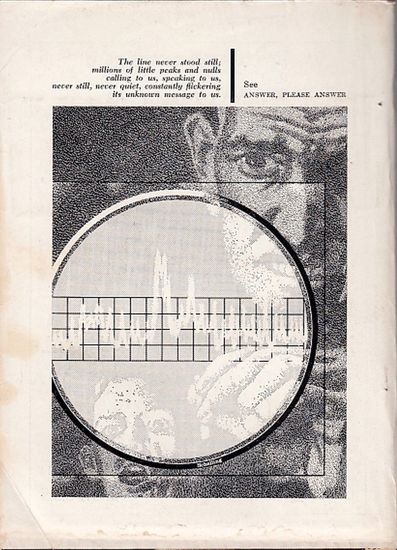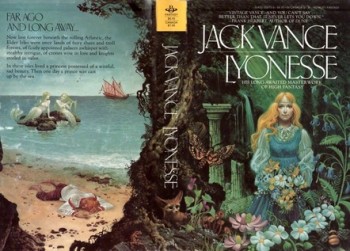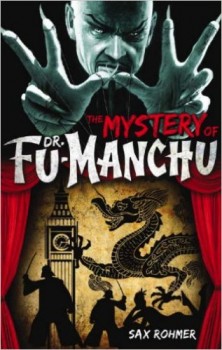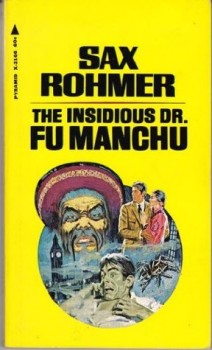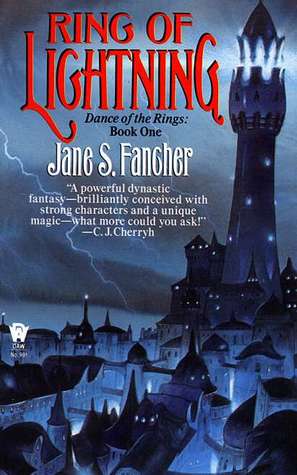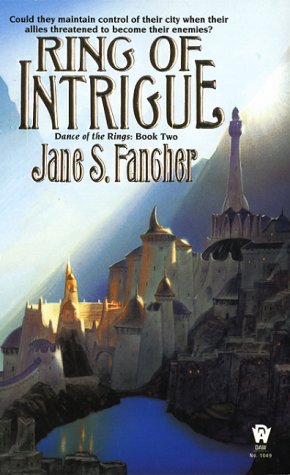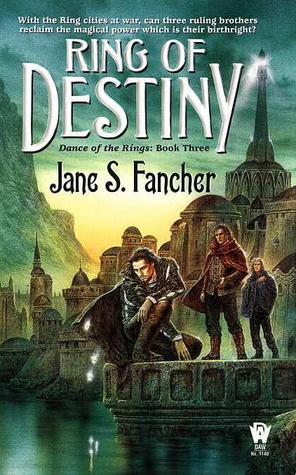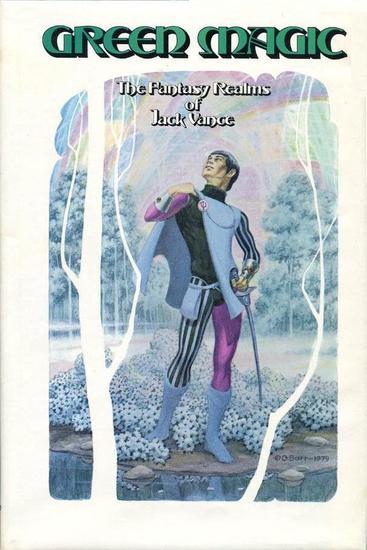Vintage Treasures: The Sky Children by Donald Olson
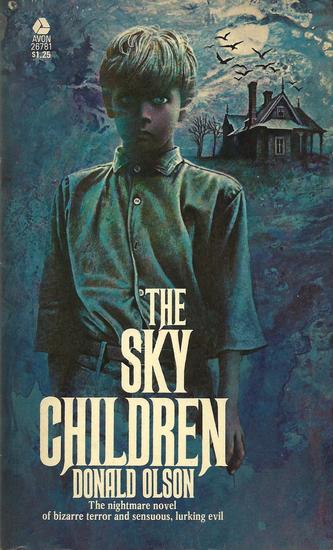 |
 |
I don’t know a lot about Donald Olson, but IMDB tells me The Sky Children was his only novel. He did publish three short stories, in Alfred Hitchcock’s Mystery Magazine and The Twilight Zone Magazine, between 1973 and 1981, but that’s about it.
But Mr. Olson isn’t really the most intriguing thing about The Sky Children. That would be the moody and effective cover, by an uncredited artist who also produced many covers for Avon in the mid-70s, including several anthologies like Roger Elwood’s Demon Kind, and others. A little investigation has not produced an immediate answer to this riddle, so I thought I’d post it here and see if anyone can help.
The Sky Children was published by Avon Books in 1975. It is 144 pages, priced at $1.25. The cover artist is uncredited. I bought an unread copy online last month for under $1.
